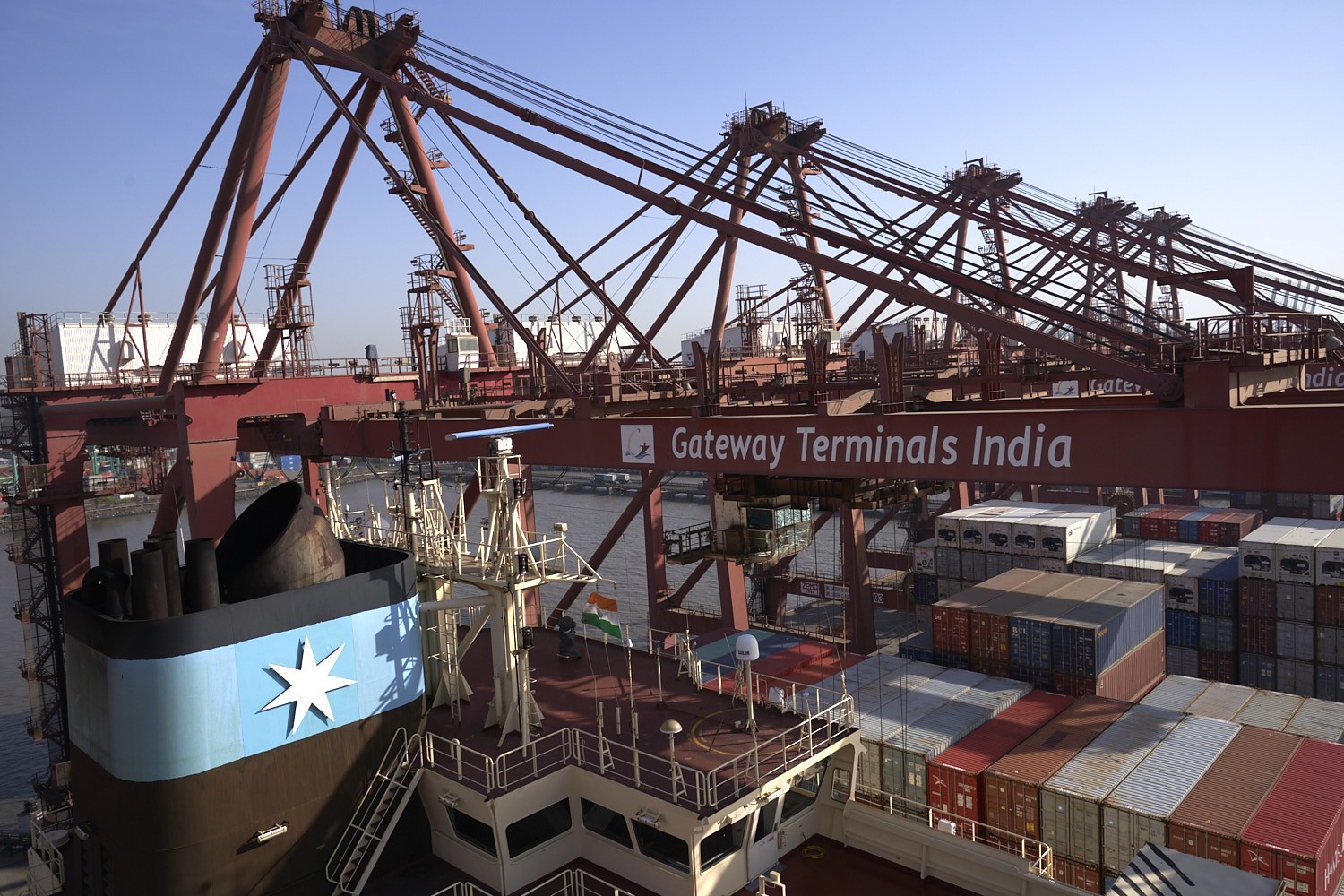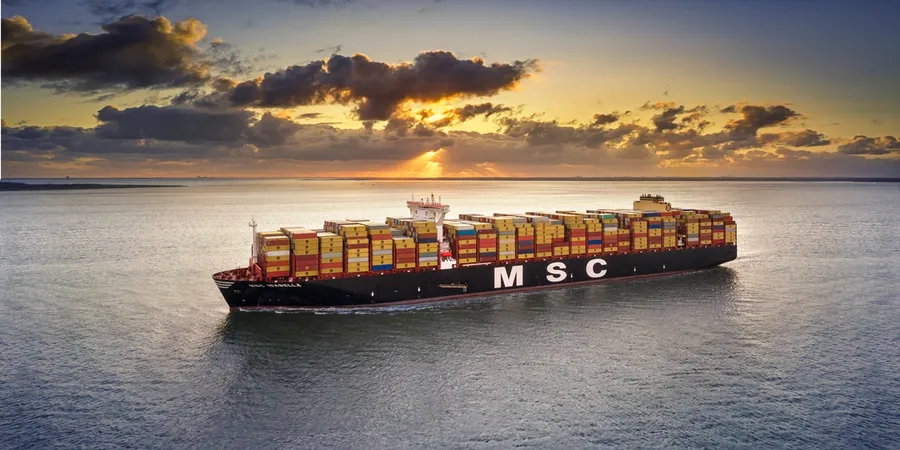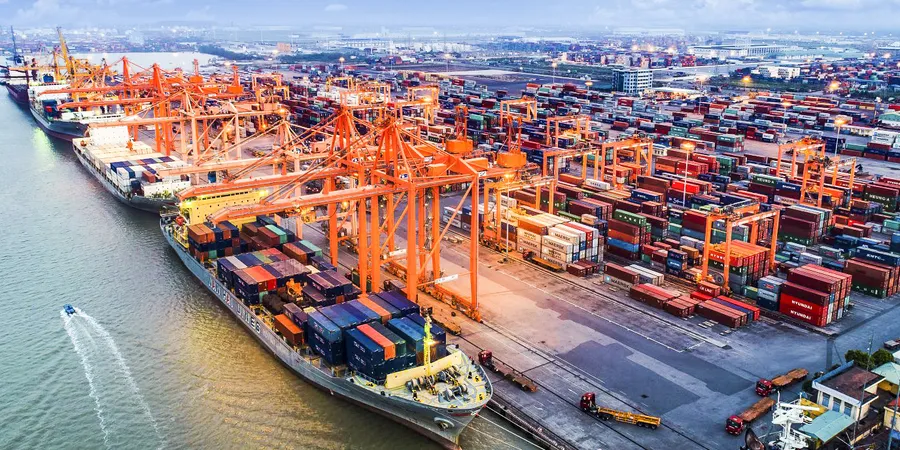Freight rates, box prices continue to rise
Not a happy start to the New Year for exporters and freight forwarders in India and Asia as the volatility of spot rates and contract rates continues to spill over in 2022.
Container prices have risen at most of the major ports in India by at least 12% in January itself because of the Covid-19 Omicron variant that disrupted the global supply chains.
However, market watchers are not putting the burden of rising box rates solely on the coronavirus variant but also on the changing purchasing patterns, the Chinese New Year that is around the corner and the restocking of supplies that followed due to the rising number of Covid-19 cases in China.
20-ft Container rates - Comparison between December 2021 and January 2022
| Port of Loading | December 2021 | January 2022 | Rise |
| Chennai | US$1,880 | US$2,100 | 11% |
| Mundra | US$1,763 | US$1,950 | 10% |
| Nhava Sheva | US$1,775 | US$1,763 | 7% |
Similarly, the average price of a 40-ft dry container at Chennai rose by 6.6% from US$4,780 in December 2021 to US$5,100 in January 2022.
Bhavik Mota, Maersk's director of ocean management in West & Central Asia, told Container News that the dynamics of the global trade are based on the dynamics of the pandemic.
“We do not want to guess when and how the situation will change. The current Omicron outbreak is a classic example of the events turning all the time. Without it, we may have been moving faster towards normalisation. It is tough to predict as the situation in different ports changes constantly; some for the better, some for the worse. Sometimes we even see the problem move from one port to another as ships are being redirected to a port with a short waiting time,” commented Bhavik Mota.
The turnaround time of a container at the major ports in China has increased due to the rising number of cases along with the suspension of trucking activities in most parts of the country. Additionally, there is severe congestion at ports in the United States and the United Kingdom.
Mota said that the current level of freight rates is a reflection or consequence of the disruptions in the market that are partially driven by the exceptional demand situation in the US and Europe.
“There are bottlenecks throughout the entire supply chain – congestion at ports, unavailability of trucks and their drivers, congestion at warehouses, etc. Globally, the effective vessel and equipment capacity is constrained at an estimated 15% due to landside disruptions leading to vessels and containers waiting outside ports for longer, increased duration of operations and increased dwell time for containers arising out of congestion at warehouses. This is at a time when the idle fleet capacity is at a historic low”, noted Mota, adding that the changing purchasing patterns to online sales are also causing disruptions in supply chains.
India has witnessed an increase in exports of 33% to US$7.63 billion during 1-7 January owing to fantastic sales of engineering goods, petroleum, gems and jewellery.
Indian exporters of basmati rice, tea and leather goods have raised concerns over the rising prices. Tea exporters in India feel the freight rates may not soften anytime soon. In the last 15 days, the freight rates of exporting tea to places like Iran and Kazakhstan have shot up by US$500 to US$1,000 per box.
The exporters feel that the soaring rates will trickle down to consumers eventually if not controlled. Prices of air conditioners and refrigerators have already risen due to the high cost of raw materials and ever-soaring freight rates. Consumer Electronics and Appliances Manufacturers Association (CEAMA) has said that the industry may hike the prices of home electronics and appliances like washing machines by 5% to 7%. Panasonic, LG and Haier have already revised their prices upwards.
With several states implementing night and weekend curfew, there has been a production loss of up to 25%. Prices of metals and plastics rose by 70%. Semi-conductors that are used in making a product have also become costlier.
Source: Container News





